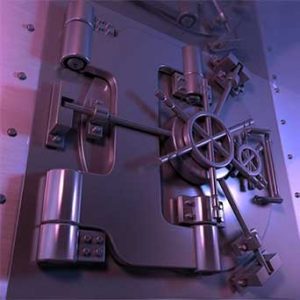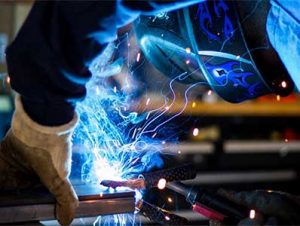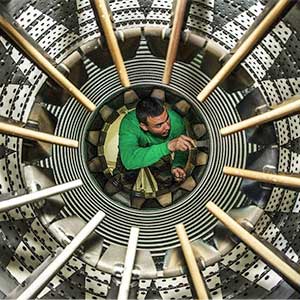Sourcing your own products can either be an exciting adventure, or a perilous disaster, depending on how you choose to proceed.
The guide below will help you understand how to successfully import from China.
It is important to note that this guide is geared toward manufacturing your own products. Buying wholesale stock products is different than having your own parts produced.
Having custom parts manufactured involves locating and building a relationship with a factory, unless you use a sourcing company, which is highly recommended. Wholesale distribution can be as involved as going to an online retailer and searching for stock products, or having a sourcing agent find products on your behalf.
Develop Your Product

The first step to getting your product sourced is to, not surprisingly, develop your product. This involves going from conceptual ideas and artwork to having engineer drawings designed and then prototyped. Sometimes this can take one or few tries before your product has taken shape in the way you envision. It is not likely that an engineer can get your design perfectly designed in the first iteration of files and prototypes, so don’t be shocked if the first prototype is a little rough.
If this is a new groundbreaking product, you should be taking prototypes to family members, friends, and strangers to do market research. Try and get their feedback and input on how to improve it. Find out what they like about it, and try and improve and emphasize those aspects of it. Correct any flaws that are spotted, and you are well on your way to success.
For new products, it is a good idea to have a marketing plan formed before getting your product manufactured. Figure out your target demographic and how you are going to reach them. Are you targeting a specific age? Maybe you should try to get the word out about your product through radio ads and tv commercials. Are you going to sell it online or try to get it in the hands of retailers? Do you need to raise capital through fundraising and investors? Be proactive in planning the launch of your product to improve the launch success.
Protect Your Product

You should try and take every precaution to protect the intellectual property of your product. Try and get a patent if possible. Even if you can’t get a utility patent, you should be able to distinguish the aesthetics of your product so you can get a design patent. A patent lawyer can help decide which patent route to take.
You can also get an NDA with companies you choose to involve in your product. Non-Disclosure Agreements prevent parties from giving away or selling your information, and they can be written to last as long as you want. If you are signing another company’s NDA, be sure to thoroughly review and understand it.
Sourcing the Products

After all the preliminary work you have done to get this far, you should now be ready to start sourcing your products from China. Sourcing companies will help you save many months of time, money, and travel as they will have pre-established relationships with factories in China.
Business relationships in China are much different than in western cultures. In the west, ROI usually determines who lands the contract. But in China, contracts are dependent on the strength of the relationship. Some businesses will turn down lucrative deals if they have been offended or the relationship hasn’t been built strong enough. Or what can happen is they will prioritize orders with companies that they do have those long lasting relationships with.
You should communicate to your supplier upfront what standards and certifications you need your product to meet. They won’t know if your product needs to be certified or what those certifications may entail, so you will have to contact an expert in the field of your product. For example, if you are manufacturing a repellant, you’ll need to contact an FDA consultant to advise you. You can learn more about product compliance here. This will affect which manufacturers the sourcing agents can contact.
The first step to getting your products sourced is to get a quote. Quotes from sourcing companies should include shipping terms, payment terms, sample costs, cost per unit, and production times.
You should start with a sample for your order. Samples will allow you to invest a small amount while getting evidence that the factory can produce your product as you want it made.
The time it takes for a sample to be made is an average of 1-2 months.
Approval of the sample will mean that the production order is ready to start. A rough estimate for production orders is about 2 months. The size and complexity of the product can impact how long the part takes to be produced.
Optional Inspection

Optional third party inspection companies are available to come in and inspect your shipment when it is complete. They will review the shipment and draw up a complete report with pictures in regards to the standards you have them inspect. This is a good option for larger first time orders.
Customs
You will need to have a customs broker lined up. Once the order is finished, shipping documents such as the ISF (Importer Security Filing) and bill of lading will need to be processed. Customs brokers are specially certified to process these documents and clear shipments at the port of entry.
Planning Ahead
If you need parts quickly, try and plan to build as much time as possible for the production and shipping process. Unexpected events such as dock worker strikes, diseases, natural disasters and other unforeseen circumstances can occur, so be sure to account for the unexpected.
Repeat orders on parts should be much quicker. The factories will be familiar with how to manufacture your product and you won’t have to go through the sample process again.
If you are looking to go on the adventure of sourcing your products, or have questions, feel free to contact us here.
